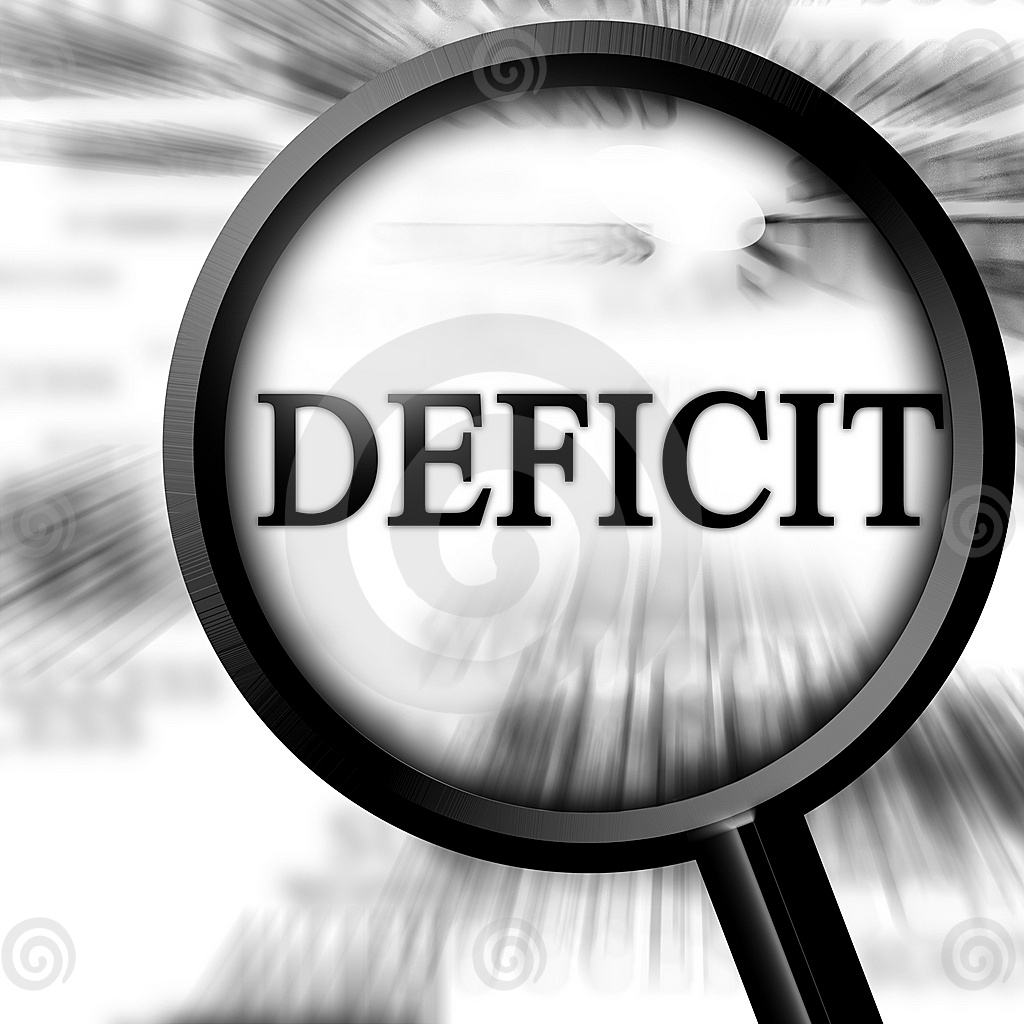Revised Deficit Data for 2017

State debt and general government deficit data came out in the past weeks, topped with a lower-than-expected purchasing manager index. It has not been a very exciting period in the macro calendar though, although more relevant data, including industrial performance and inflation, will come to light in the coming weeks.
Hungary’s state debt, calculated according to Maastricht rules, stood at 72.2% of GDP at the end of June 2018, up from 72.1% of GDP at the end of March, but down from 73.6% at the equivalent date of 2017, the National Bank of Hungary (MNB) said in its report on preliminary financial accounts at the beginning of this month.
Adding Eximbank’s debt to the state debt, Maastricht debt was two percentage points higher, at 74.2%, than the ratio calculated under Hungarian financial accounts methodology. This ratio was up from 73.9% at the end of Q1 2018, but down from 75.7% in Q2 2017. In August, the ratio of state debt to GDP, including Eximbank, was cited as 74.5%. The net financing requirement of the general government, which is a good approximation of the general government deficit, was HUF 1.338 trillion, or 3.4% of GDP in the four quarters to the end of Q2.
Within households’ financial assets, there was a significant increase in currency, current account deposits, and debt securities issued by central government. On the liabilities side, the stock of housing loans within borrowing from credit institutions rose significantly due to transactions. The stocks of consumer and other loans also increased.
The KSH also released the balance of the general government sector for the first six months of the year on October 2. According to this, Hungary’s general government ran a HUF 13.7 billion deficit in the first half of the year, equivalent to 0.1% of GDP, calculated according to the European Union’s accrual-based accounting methodology.
Deteriorating Balance
The balance deteriorated by HUF 223 bln in H1 2018, or by 1.2 percentage points as a proportion of GDP compared to the corresponding period of 2017, KSH noted. In absolute terms in the first half of 2018, the general government sector’s revenues totaled HUF 8.964 tln, and its expenditure HUF 8.978 tln.
Revised data for the 2017 deficit was also published by the statistical office. In a second reading of data from 2017, KSH reported that the deficit of the general government sector was HUF 849.2 bln in 2017, or 2.2% of GDP. The figures were revised up from HUF 746.3 bln and 2% of GDP in the first preliminary reading released early in April. The 2017 deficit widened from 1.6% of GDP in 2016.
The debt of the general government sector at the end of 2017 – based on data from the MNB – was HUF 28.095 tln, 73.3% of GDP, down from 75.9% at the end of 2016.
Data for the balance of the general government sector in the third quarter of the year, and for Q1-Q3 2018, will be published by the KSH in January 2019.
In the meantime, the Hungarian Association of Logistics, Purchasing and Inventory Management (HALPIM) released its seasonally adjusted Purchasing Manager Index for September. In its original data release on September 3, the association said the index stood at 53.2 points in August, but it revised the figure slightly downwards in the fresh release.
Smaller Rate Hike for 2019?
London-based analysts expect a smaller base rate hike that will come later in Hungary, Fitch Solutions Macro Research wrote in a note at the end of September. According to the analysts, the MNB will first start to tighten monetary conditions by lifting the base rate in the second half of 2019 (previously, they said a spring date was more likely) and there will be a 0.75 percentage point hike instead of the earlier forecast 1.1 percentage point rise next year. Therefore the key rate in Hungary will stand at 1.65% at the end of 2019, instead of the previously thought 2%, Fitch analysts said. However, they also added that the pace of the tightening will likely be faster than that of the European Central Bank, projecting that the rate will hike to 3% by the end of 2020, which would represent a 2.1 percentage points of cumulated base rate hike in the following two years in Hungary, while the ECB is expected to carry out a 0.75 percentage point hike in the same period, Fitch said.
Numbers to Watch in the Coming Weeks
Industrial production data for August will be published on October 5, and the KSH will also release the consumer price index for September a few days later. The performance of the construction sector in August will be in the limelight on October 12.
SUPPORT THE BUDAPEST BUSINESS JOURNAL
Producing journalism that is worthy of the name is a costly business. For 27 years, the publishers, editors and reporters of the Budapest Business Journal have striven to bring you business news that works, information that you can trust, that is factual, accurate and presented without fear or favor.
Newspaper organizations across the globe have struggled to find a business model that allows them to continue to excel, without compromising their ability to perform. Most recently, some have experimented with the idea of involving their most important stakeholders, their readers.
We would like to offer that same opportunity to our readers. We would like to invite you to help us deliver the quality business journalism you require. Hit our Support the BBJ button and you can choose the how much and how often you send us your contributions.







